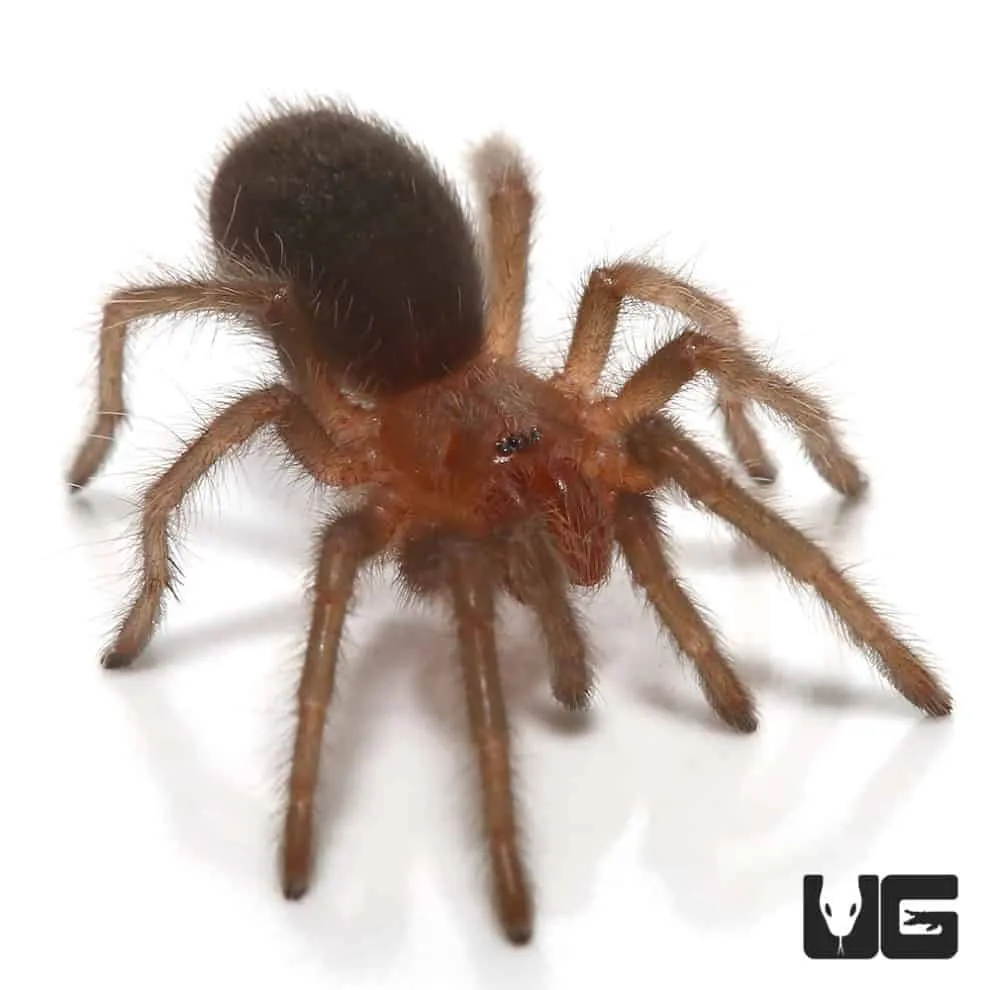What is a Brazilian Black Tarantula (Grammostola pulchra) ?
The Brazilian Black Tarantula, scientifically known as Grammostola pulchra, is a captivating species of tarantula sought after by enthusiasts worldwide. Native to the grasslands and forests of Southern Brazil, these spiders are celebrated for their striking appearance and relatively docile temperament, making them popular as pets. This species is known for its velvety black coloration, a characteristic that gives it its common name. The Brazilian Black Tarantula is a terrestrial species, spending most of its time on the ground, and is relatively slow-moving compared to some other tarantula species, which contributes to its appeal as a pet. They are not considered to be a highly venomous species; their bite is often compared to a bee sting. Understanding this species’ origins and characteristics is crucial for anyone considering buying a Brazilian Black Tarantula.
Origin and Habitat of the Brazilian Black Tarantula
Brazilian Black Tarantulas are native to the temperate grasslands and tropical forests of Southern Brazil. In their natural habitat, they typically inhabit burrows, often constructed in the soil under rocks, logs, or other forms of ground cover. The climate in their native region is characterized by distinct seasons, with warm, humid summers and milder, drier winters. Understanding their natural environment is essential for replicating the appropriate conditions in captivity. The Brazilian Black Tarantula thrives in a stable environment with consistent temperature and humidity levels. The availability of prey, such as insects and other invertebrates, is also critical in their natural habitat, influencing their feeding patterns and overall health. Preserving the natural habitats of these tarantulas is an important aspect of conservation, ensuring the continued survival of this fascinating species.
Appearance and Characteristics of the Brazilian Black Tarantula
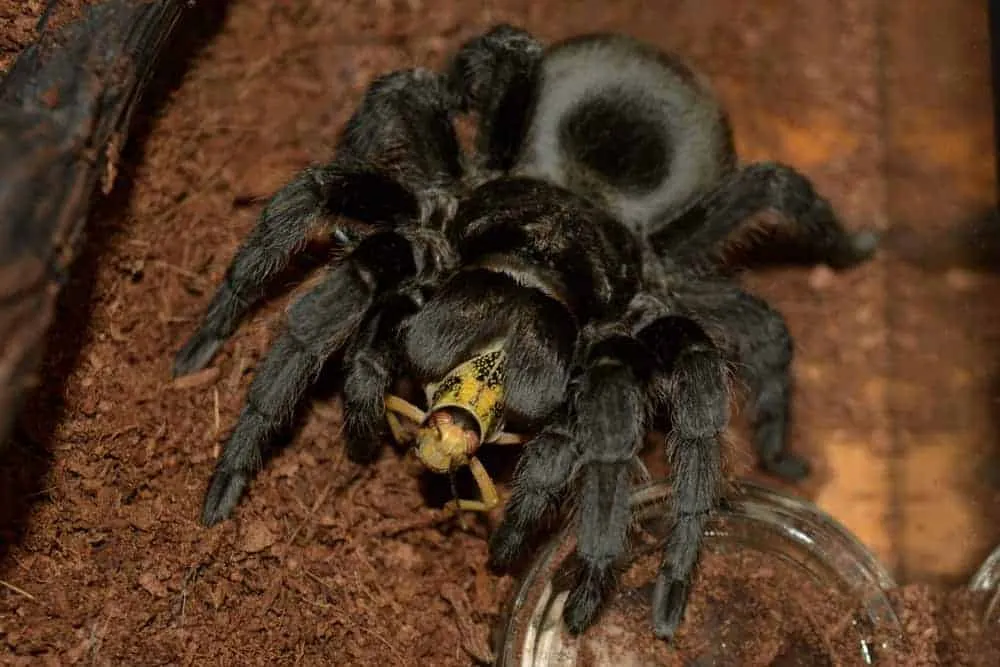
The Brazilian Black Tarantula is renowned for its striking appearance, characterized by a velvety black coloration that covers its entire body. This coloration is more prominent in adult females, which adds to their allure. They have a robust build, with a relatively large size compared to other tarantula species. Adult females can reach a leg span of up to 6-7 inches, while males are typically smaller. The tarantula’s body is covered with fine hairs, which provide sensory information and aid in their movement. They possess chelicerae, or fangs, which they use to inject venom into their prey. Their abdomen has a distinctive shape, and the overall appearance is quite impressive, making them a sought-after species for pet owners and arachnid enthusiasts. The lifespan of these tarantulas is another notable characteristic, with females living for up to 20 years or more, while males have a shorter lifespan, typically around 5-7 years.
Why Brazilian Black Tarantulas are Popular Pets
Brazilian Black Tarantulas are popular pets for several reasons. Their striking appearance, with their solid black coloration, makes them visually appealing to many. Compared to some other tarantula species, they have a relatively docile temperament, making them easier to handle and observe. Their care requirements are generally manageable, which appeals to both novice and experienced arachnid keepers. The fact that females can live for an extended period, up to two decades or more, provides a long-term companionship opportunity for owners. These spiders are also relatively slow-moving, which contributes to their appeal, as it allows owners to observe them without the worry of sudden movements. Furthermore, the availability of Brazilian Black Tarantulas for sale and the accessibility of care information have also contributed to their popularity. These spiders are an excellent choice for those wanting to experience the world of exotic pets.
Brazilian Black Tarantula Care Guide
Creating the Ideal Enclosure
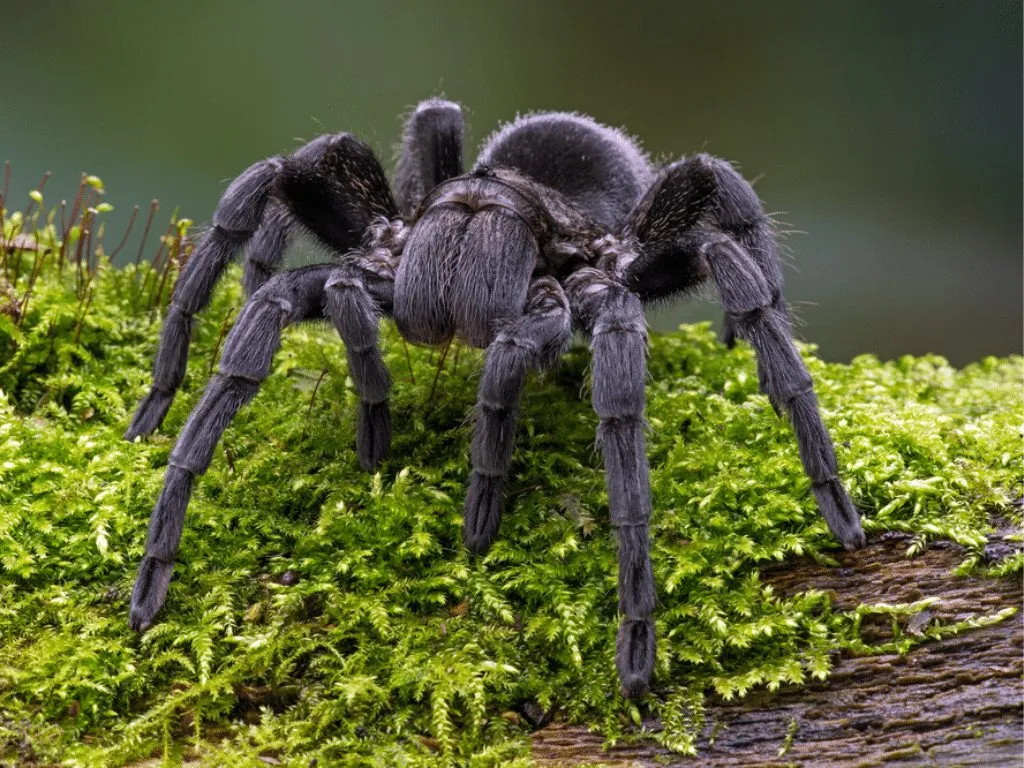
Setting up the right enclosure is critical for the well-being of your Brazilian Black Tarantula. A 10-gallon tank is suitable for juveniles, while a 20-gallon or larger tank is better for adults. The enclosure should have a secure lid to prevent escapes. Substrate should be deep enough for burrowing; a mixture of peat moss, coconut fiber, and vermiculite works well. Provide a hide, such as a cork bark or half-log, to give the tarantula a place to retreat and feel secure. Maintaining the correct temperature and humidity levels is also vital. The ideal temperature range is between 75-85°F (24-29°C), and humidity should be kept at 60-70%. Regularly mist the enclosure to maintain the appropriate humidity, but avoid overwatering the substrate. Ensure there is proper ventilation to prevent mold growth. Providing a shallow water dish with fresh water is also essential for hydration.
Feeding Your Brazilian Black Tarantula
Feeding your Brazilian Black Tarantula is a simple yet essential aspect of their care. The diet of a Brazilian Black Tarantula primarily consists of insects. Crickets, mealworms, and roaches are all suitable food items. The size of the prey should be appropriate for the tarantula’s size; juveniles should be fed smaller insects, while adults can handle larger prey. Feed juveniles 2-3 times per week, and adults once a week or every other week. Remove any uneaten prey within 24 hours to prevent stress on the tarantula and to maintain enclosure cleanliness. Overfeeding can lead to obesity, while underfeeding can cause health problems. Observe the tarantula’s abdomen; a well-fed tarantula will have a plump abdomen. Supplementing the diet with calcium and vitamin supplements can be beneficial, especially for growing tarantulas. Ensure the tarantula always has access to fresh water.
Handling and Safety Tips
Handling a Brazilian Black Tarantula should be approached with caution and respect for the animal. These tarantulas are generally docile, but they can still bite if they feel threatened. It’s best to avoid handling them unless necessary. If you do handle your tarantula, do so over a soft surface, such as a bed or a carpet, to prevent injury if the tarantula falls. Avoid sudden movements and keep your hands steady. Never try to grab the tarantula; instead, let it walk onto your hand. Be aware that tarantulas have urticating hairs, which can cause irritation if they come into contact with your skin. Wash your hands thoroughly after handling your tarantula. Supervise children closely if they are around the tarantula. Keeping these safety tips in mind will help you to safely enjoy your Brazilian Black Tarantula.
Where to Buy a Brazilian Black Tarantula
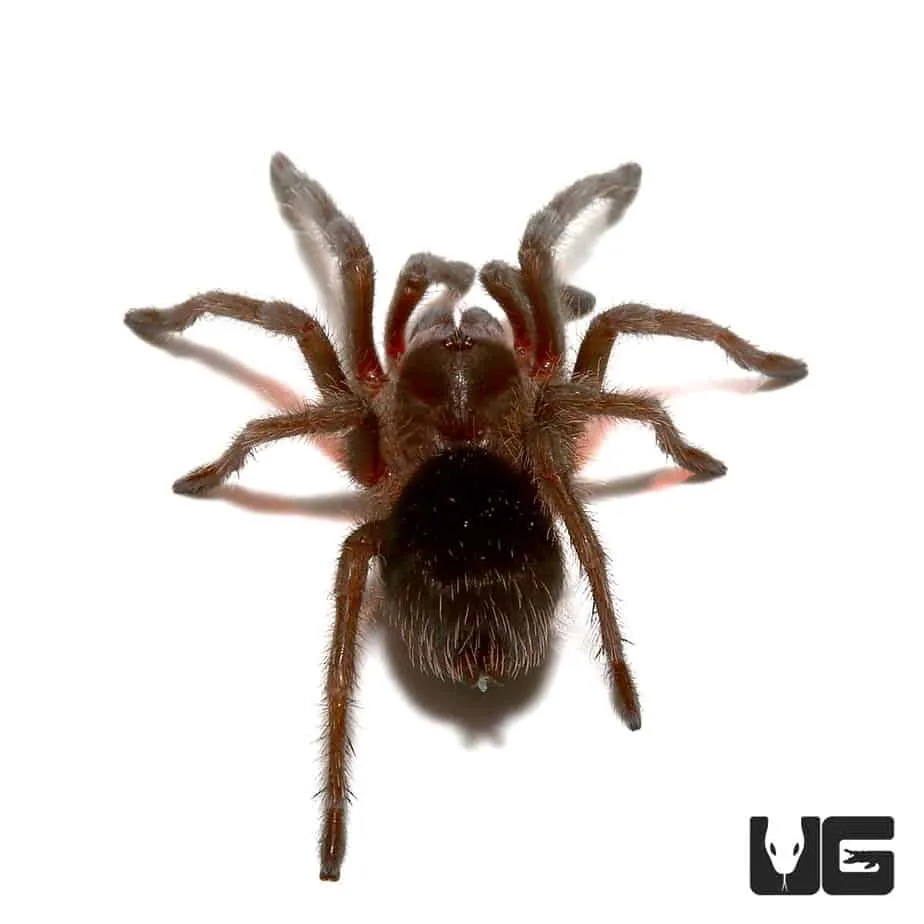
Finding Reputable Breeders and Suppliers
Finding a reputable breeder or supplier is crucial when buying a Brazilian Black Tarantula. A reputable source will prioritize the health and well-being of their tarantulas. Look for breeders who have experience and a good reputation within the arachnid community. Check online forums, social media groups, and reviews to get feedback from other buyers. Reputable breeders are transparent about their breeding practices and the origin of their tarantulas. They should be able to provide information about the tarantula’s age, sex, and any relevant care requirements. Visiting the breeder’s facility, if possible, can give you a better sense of their standards of care. Ask about the tarantula’s feeding schedule and any health issues it may have had. Purchasing from a reputable source ensures you get a healthy tarantula and provides support for the conservation of this species.
What to Consider Before Buying
Before buying a Brazilian Black Tarantula, there are several factors to consider. First, assess your lifestyle to ensure you have the time and resources to properly care for the tarantula. Tarantulas are a long-term commitment, as females can live for many years. Research the specific care requirements of Brazilian Black Tarantulas and ensure you can provide the necessary environment, including an appropriate enclosure, temperature, humidity, and diet. Consider the cost involved, including the initial purchase price, enclosure setup, substrate, food, and any potential veterinary expenses. Determine if you or anyone in your household has any allergies to insects or other potential allergens. Be prepared to handle the emotional aspects of owning a tarantula, as they can be a unique pet with specific needs. Make sure you are familiar with the regulations surrounding tarantula ownership in your area.
Conclusion
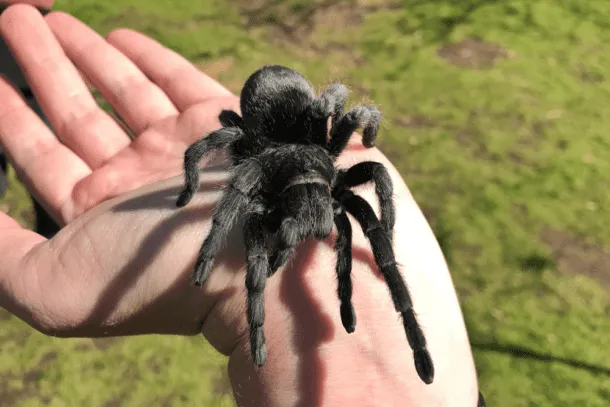
The Brazilian Black Tarantula is a captivating and rewarding pet for those who are prepared to provide the proper care. With its striking appearance, relatively docile temperament, and manageable care requirements, it is an excellent choice for both novice and experienced arachnid keepers. By understanding their origins, habitat, and specific needs, and following the guidelines outlined in this guide, you can create an environment where your Brazilian Black Tarantula can thrive. Remember to purchase your tarantula from a reputable source, and always prioritize the health and well-being of your pet. Owning a Brazilian Black Tarantula can be a fascinating and enriching experience, providing a unique opportunity to learn about and appreciate these amazing creatures. Proper research, preparation, and a commitment to their care will ensure a long and fulfilling relationship with your Brazilian Black Tarantula.
